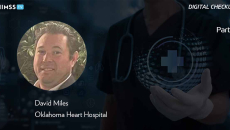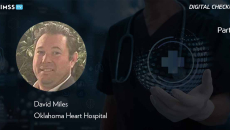Clinical
The research shows how data integrity issues at every stage – training, model development, publication, implementation – can adversely impact patient outcomes, say clinicians at Yale School of Medicine.
The Health Promotion Board is piloting two preventative health programmes with Google and Abbott involving 6,000 Singaporeans.
Public health services in South Australia and Melbourne are set to implement a digital patient flow management platform.
Patients from five of the health system's hospitals will now have access to University of Utah Health providers and resources through the new community-based partnership.
Changing EHRs is a dreaded task for IT leaders and workers, and for clinicians used to the previous system. Oklahoma Heart Hospital CIO David Miles and his team did it – and offer guidance to peers facing the same challenge.
Mark Polyak, president of analytics at IPSOS, and Dr. Lukasz Kowalczyk, a gastroenterolgy physician, offer a data-driven discussion about how patients feel about artificial intelligence, and how they want it used in their care.
Oklahoma Heart Hospital's David Miles talks all-digital's impact on care delivery, patient experience and healthcare outcomes – and much more.
SMC Telogorejo Hospital has introduced a chatbot as part of its contact centre, which was found to be particularly helpful for its senior patients, notes president director Dr Alice Sutedjo Lisa.
Dr. Benoit Desjardins, professor at the University of Montreal, explains that attacks haven't changed. The interconnectedness of hospitals with each other and third parties means that, when one is impacted, the entire health system can be affected.
The effort aims to accelerate the London Clinic’s infrastructure improvements and growth ambitions while building on Northwestern's world-renowned expertise to help enhance patient care.








